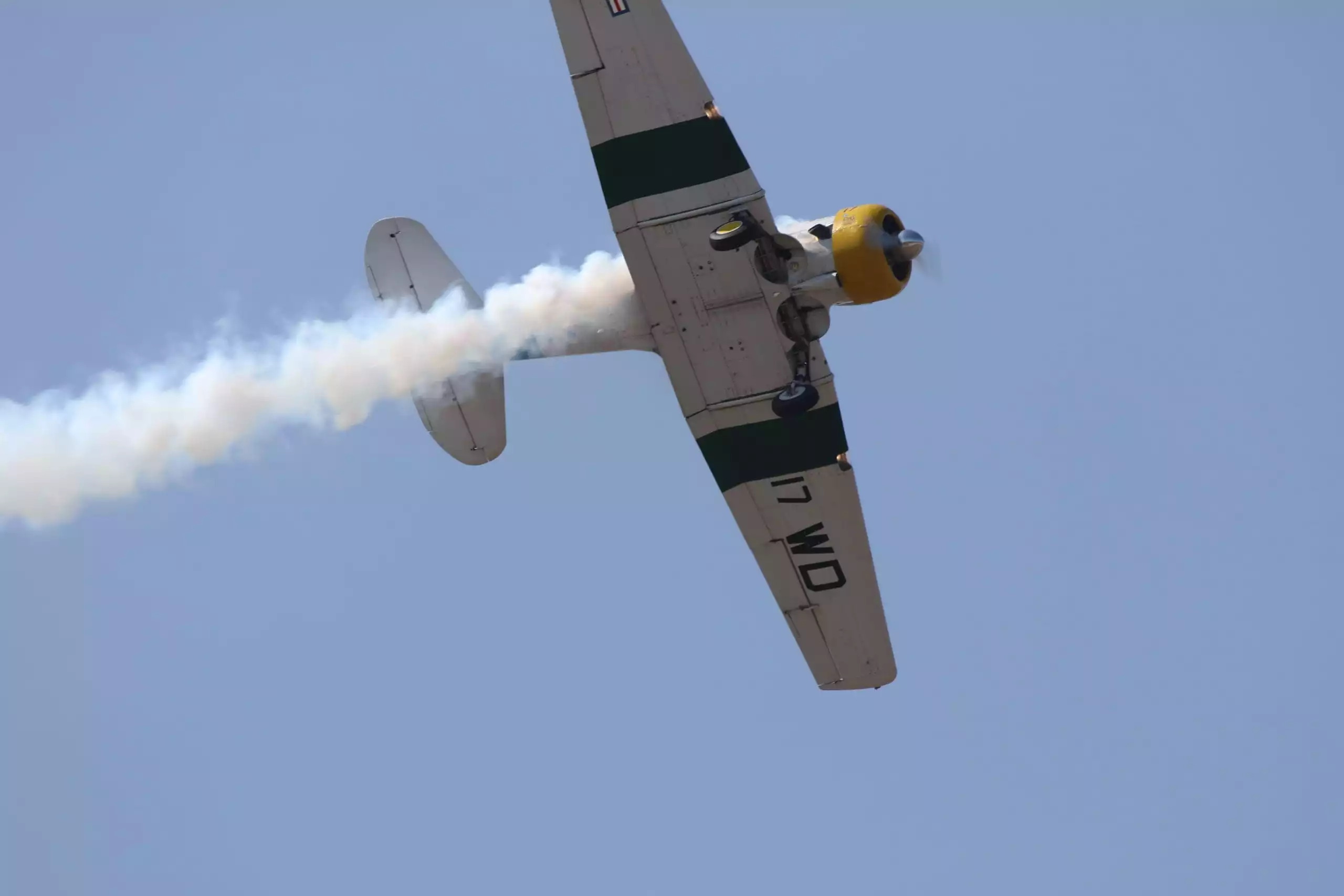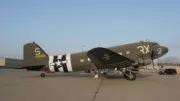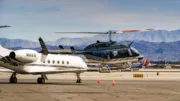The Top 5 Aerobatic Aircraft (and Why)
While aerobatic pilots are united in their precision, high skill level, and bravery, they usually differ in what the “best” aerobatic aircraft is.
The truth is that each airplane is designed under different principles, some for specific acts, and at times the “best” airplane is a matter of personal preference. Some airplanes which are frequent features at airshows were designed primarily for military operations and dogfighting rather than entertainment or acrobatics. However, there are some aerobatic aircraft which are generally regarded with fondness and respect within the aviation community. Let’s take a look a few.
Extra 330SC
The world’s top aerobatic pilots fly the Extra 330SC, which is dealt in the United States by Southeast Aero and produced by Extra Aircraft in Germany. It is considered fitting for the most talented and experienced acrobatic pilots, as only they have the capabilities to truly bring out the best in this astounding aircraft. The Extra 330SC contains a single seat and is propeller-driven. It weighs 1291 pounds empty and carries fuel tanks in the airplane’s fuselage as well as in both wings. Although the Extra 330SC is certified by the European Union Safety Agency (EASA), it is classified as Experimental/Exhibition.
With a service ceiling of 16,000 feet and a G-force load limit of positive and negative 10, it is the airplane of choice for a many national aerobatic teams, including Russia’s and France’s. Many recent world champions have won their titles in the cockpit of an Extra 330SC. Pilots who fly the Extra 330SC can only do so for a limited time each day, as it can be exhausting to control. They sit deeply into the cockpit and must withstand the aircraft’s tremendous noise, as well as its ability to push powerfully into negative-g maneuvers.
The Extra 330SC is powerful, designed specifically for aerobatic precision and performance, and is made of a steel frame and skin consisting of carbon fiber. Its propeller is thick and its entire silhouette is symmetrical. Perhaps the most compelling advertisement for an Extra 330SC is that they are rarely seen on the American resale market—once a pilot can afford and sufficiently fly one, he or she hangs on to it.
Sukhoi Su-29
The Russian-built Sukhoi Su-29, unlike the Extra 330SC, is a two-seat aerobatic aircraft. Its origins are in the Russian military, and it was designed as a training aircraft. It has a reputation of having a steep learning curve, but for two-member crews, this piston-driven airplane is also known for its nimbleness in the air.
Sukhoi Su-29s are available for far less than an Extra 330SC, which carries a price tag of almost half a million dollars. Since it favors pilots who have at least some aerobatic experience, it is the domain only of top pilots. However, the Russian national aerobatic team no longer uses the Sukoi; it prefers the Extra 330SC.
The Sukoi Su-29 debuted in America in 1992. Two-pilot crews use it because it doesn’t trade much performance in exchange for the extra seat. Made of composite material, the Sukoi Su-29 performs well at high altitudes even in extreme temperatures.
Pilots are sit semi-reclined in the cockpit of the Sukoi, and its cockpit is considered roomy for aerobatic aircraft. It contains a five-point harness which is similar to those worn by race car drivers. The fuel and air mixture is orchestrated automatically, and it carries gas tanks on each wing as well as in the fuselage. Although not as much of a powerful beat as the Extra 330SC, the Su-29 still requires physical strength to operate, as its rudder pedals are sensitive. Its controls are light, with excellent visibility in its canopy, and the aircraft is terrific performer in loops.
Pitts S-2C and S-1/2 Series
Many aerobatic aviators are fans of Pitts airplanes, which are handcrafted and noted for their ability to adapt well to new technology. The Pitts S-2C is noted for its sleek vertical lines and tremendous hang time. Professional aerobatic pilots enjoy its energy and ability to center well.
The Pitts S-2C is powered by a patented propeller known as “The Claw,” and it offers a wing span of 20 feet. Like the Su-29, it offers two seats. This aerobatic aircraft weighs 1,155 pounds empty and it is almost 18 feet long. While the Extra 330SC throws its pilots through a G load of 10, the Pitts S2C can handle positive 6 g and negative 5 g’s. For pilots beginning their aerobatic aviation journey or those looking for good performance at a price far less hefty than the Extra 300SC, a Pitts airplane is a good choice.
Edge 540
Zivko Aircraft in Guthrie, Oklahoma, has given the aerobatic world the Edge 540, which has a reputation as an aircraft with an impressive climb rate of 3,700 feet per minute. The Edge 540 is a single-engine aircraft, but Zivko offers a two seat version called the Edge 540T. It’s popular in the United States as a racing airplane as well as for aeronautics. Many pilots flew it in the Red Bull Air Race World Championships.
Renowned for its speed as well as its maneuverability, the Edge 540 is lightweight and generally more costly than an Pitts S-2C. It went into production in 1995 and it is powered by a Lycoming Thunderbolt AEIO-540-EXP engine. Aggressive and well-balanced, this streamlined model was considered a leader in light airplane technology when introduced. It matches and even exceeds the Extra 330SC’s ability to handle heavy G forces. According to Red Bull Air Racing, it can handle up to positive or negative 12 G’s.
The Edge 540 offers a top speed of 425.97 kph and is favored by aerobatic pilots who specialize in fast turns and quick climbs. It has a roll rate of 420 degrees per second, which is useful in when operating in a vertical orientation. What sets the Edge 540 apart from other aerobatic aircraft is that although it offers high maneuverability, it is also stable. The Edge has quickly become an airshow staple.
Ready to Soar with Us?




